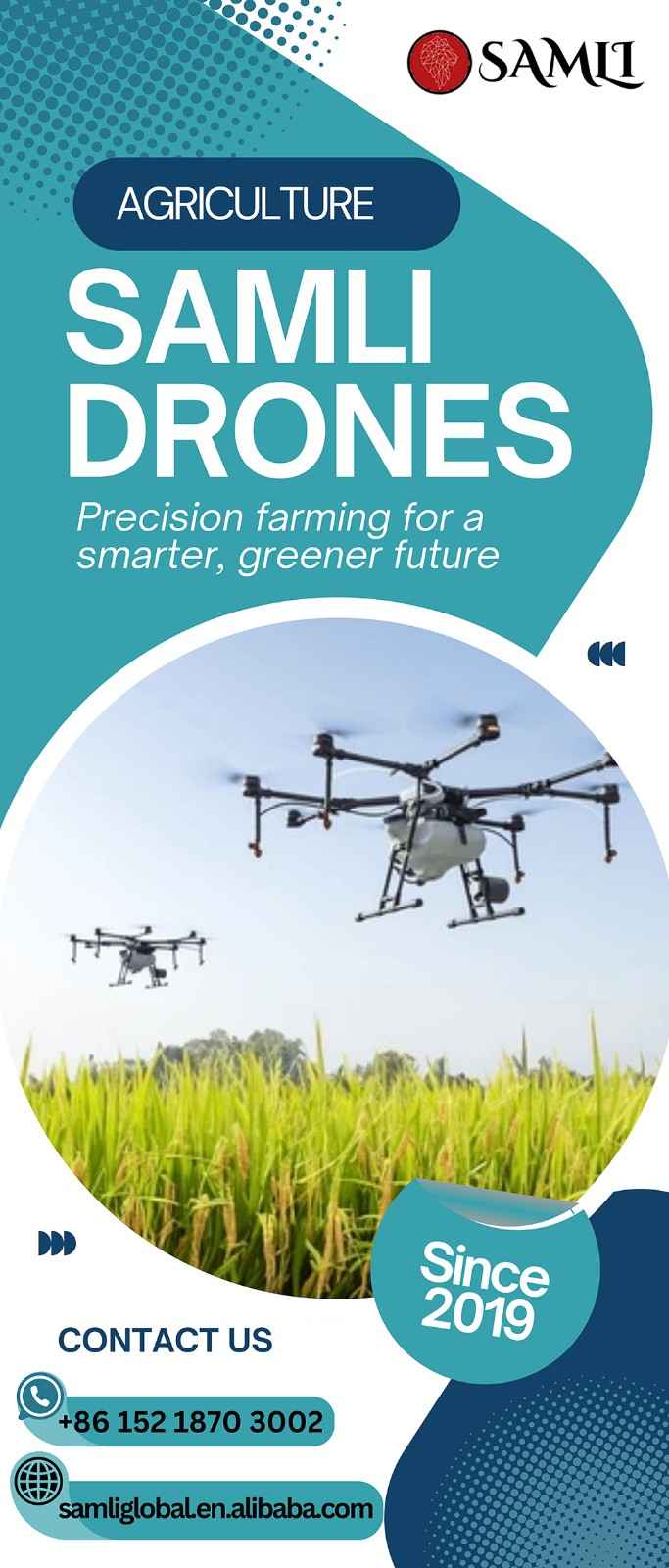From healthcare (think custom prosthetics and patient-specific treatments) to entertainment (digital avatars and lifelike CGI), fashion (tailored clothing and virtual try-ons), and VR/AR (hyper-realistic virtual identities), the demand for high-speed 3D scanning has never been higher.
But with so many options on the market, how do you choose the right one? Scanning quality, speed, and ease of use are non-negotiable. A subpar scanner can mean wasted time, inconsistent results, and missed opportunities.
If you are wondering what to consider in choosing a 3D face and body scanner, then this guide is definitely for you.
For Human Body 3D Scanning, What Should Be Further Considered?
Here are the five essential factors to consider:
1. Resolution & Point Cloud Density
The resolution of a 3D scanner plays a vital role in how well it captures intricate details such as facial wrinkles, eyelid creases, or muscle definition.
A high-resolution scanner generates a dense point cloud, resulting in smoother surfaces and 3D models with small margins for error. Low-resolution scanners, on the other hand, often produce blurry or incomplete scans, making them unsuitable for work like lifelike figurines.
Scanning Speed: Real-Time vs. Post-Processing
Scanning speed directly impacts workflow efficiency, especially in dynamic environments. Real-time scanning devices, like the EINSTAR VEGA, are perfect for applications such as live VR rendering or motion capture, where instant results are necessary.
Texture & Color Accuracy
Color fidelity is essential when realism matters. While monochrome scans are sufficient for basic applications, projects that involve avatars, digital try-ons, or hyperrealistic portraits demand full-color texture mapping.
Some scanners excel at geometry but fall short in reproducing natural skin tones or subtle color transitions. Always test the scanner’s color accuracy before purchase if your application depends on lifelike results.
Eye Safety (Newly Added)
Safety should never be an afterthought, especially for scanners used on the face or in public settings.
Laser-based scanners can pose eye risks if mishandled, so ensure the device meets Class 1 or Class 2 safety standards. For safer, non-invasive alternatives, opt for structured light scanners, which emit no harmful radiation and are generally safer for use with children or in high-traffic environments.
Besides, eye safety is critical if your scanner will be used frequently or in educational or family-friendly settings.
Portability & Workflow
Where and how you scan matters. Handheld scanners offer mobility and flexibility, making them ideal for fieldwork, event setups, or scanning hard-to-reach body areas.
Fixed scanners or turntable-based systems offer superior precision but lack mobility and often require complex alignment or registration software to stitch multiple scans together. Choose based on whether your priority is freedom of movement in a controlled environment.
Final Recommendation for Your Projects Involving Human Face and Body Scanning
When it comes to high-fidelity 3D face and body scanning, EINSTAR VEGA stands out as one of the most versatile, user-friendly, and high-performance scanners available. Here’s why professionals across various industries are choosing it:
1. Dual Scanning Modes for Maximum Flexibility
The EINSTAR VEGA sets itself apart with its dual-mode scanning system, combining two advanced technologies to adapt seamlessly to different scenarios.
In HD Mode (MEMS Laser), it captures ultra-fine details, ideal for close-up scanning of faces, hands, and intricate body features. Meanwhile, Fast Mode (VCSEL) is optimized for larger areas like full-body or torso scans, significantly speeding up the process.
This flexibility means that whether you’re creating a high-resolution facial avatar or capturing quick measurements for custom figurines, the portable 3D scanner handles both with ease.

2. Unmatched User Experience
The EINSTAR VEGA is built for true usability in real-world conditions. Its wireless, standalone design eliminates the need for a tethered PC. That is to say, it allows users to scan directly from the device and transfer files later.
The intuitive touchscreen interface makes operation easy for beginners while still offering depth for professionals, cutting down training time and simplifying daily use.
Weighing in as a lightweight and portable solution, it’s ideal for mobile workflows, whether on film sets or inside 3D studios. Users consistently praise the hassle-free setup and quick start, with no need for complicated calibration or external equipment.
3. Exceptional Scan Quality for Realistic Results
When it comes to scan fidelity, EISNTAR VEGA is available to capture minute facial details like wrinkles, eyelid contours, and fine skin textures.
This level of scanning quality is critical in fields digital character sculpting and 3D printing. In addition to shape, the scanner offers true-to-life color mapping, making it invaluable for applications that rely on visual realism, such as virtual try-ons or digital portraits.
4. Speed & Efficiency – Perfect for Human Subjects
Designed with real human scanning in mind, the 3D scanner completes captures in just seconds, minimizing discomfort and movement-related errors. With minimal post-processing required, the scanner streamlines production pipelines in 3D printing, animation, and virtual modeling.
5. All-Environment Versatility
The EINSTAR VEGA adapts to diverse working conditions with ease. It maintains high performance indoors and outdoors, offering consistent results regardless of the setting.
Finding the Best 3D Face & Body Scanner at EINSTAR
If you need a reliable, high-quality 3D scanner that won’t break the bank, give EINSTAR VEGA a shot; it won’t let you down. Check out EINSTAR VEGA and experience the future of 3D face and body capture today!



